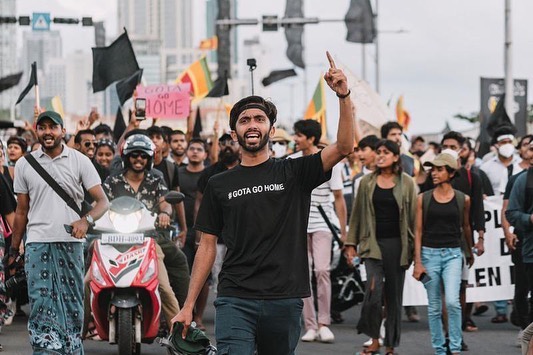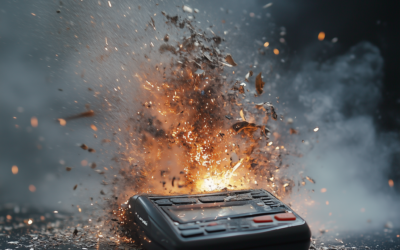Travel Risk: MEDIUM

Brief introduction to the (conflict/crisis/evolving) situation
The Democratic Socialist Republic of Sri Lanka is an island nation in the Indian Ocean Region. The island nation has recently witnessed economic chaos as it defaulted on its foreign debt to credit agencies and governments such as China. Political turmoil soon followed the economic collapse as the former PM Mahinda Rajapaksa stepped away from power due to widespread protests. Residents are facing power outages and are heavily affected due to rising prices.
What has led to the economic crisis in Sri Lanka?
Economic mismanagement has led to the current economic crisis in Sri Lanka. The country’s foreign reserves have reportedly dwindled from $7.6 billion in 2019 to currently just $50 million. Moreover, infrastructure projects facilitated with credit from China have also aggravated the debt crisis in the country. Domestic policies such as banning fertiliser imports to contain the trade deficit also backfired due to lack of domestic alternatives for farmers, leading to further loss in revenue. The COVID-19 pandemic also adversely affected the highly lucrative tourism industry in Sri Lanka.
Is it safe to travel to Sri Lanka
Nuzly Hameem (@nuzly_hameem) is a civil engineer, and a youth activist living in Colombo for the past 10 years. He has been up, close, and personal with ongoing turbulent developments in Sri Lanka and shared with us valuable inputs regarding travel safety, accessibility and transportation.
He asserted the importance of planning ahead for travellers –
“ Although there is no physical threat for tourists, there may be a need for foreigners to plan ahead due to current shortages of some essential food items and recurring power outages. Tourism has not changed, but is definitely experiencing minor issues regarding availabilities and commuting”
Nuzly provided important information regarding the current status of public and private transportation in the country –
“ Just make sure that the travelling partners are reliable (given the fuel shortages)…public transport is still reliable for travellers, there have just been issues with bus transportation due to high fares, but train transportation is still reliable”
He further mentioned the unity and morale that he has witnessed in these protests –
“ Sri Lankan people are more united and welcoming than ever before…there have been instances of foreigners and Sri Lankans helping each other out during these tough times.”
Lastly, he shared his perspective on any potential violence in the country during protests –
“ Violence in previous protests was observed due to harsh police crackdowns under former PM (Mahinda Rajapaksa), but I don’t think it will happen again.”
Assessment
- Shortage of essential imports such as medicines, fuel, and food items may be experienced. There may be further protests throughout the country, followed by government crackdowns, and curfews to contain civil unrest.
- Businesses are advised to remain vigilant as borrowing opportunities for investment may not generate confidence due to the current economic downturn.
- Travellers are advised to minimise safety and security risks by avoiding public places, especially government buildings as they may be grounds of protests by the public. Travellers are also encouraged to be vigilant of scheduled power cuts and manage their tasks accordingly to avoid disruptions.
- Consider a Sitata membership which will give you disruption and threat warnings while you’re on the ground along with emergency travel assistance should you find yourself in a troubling situation.
Conclusion
The travel risk to Sri Lanka is currently MEDIUM. Travellers may face delays in travel and inconveniences due to shortages of essential supplies as well as power outages.For businesses that require a more detailed report on the situation, please refer to our in-depth country analysis report which is available from our support representatives.



